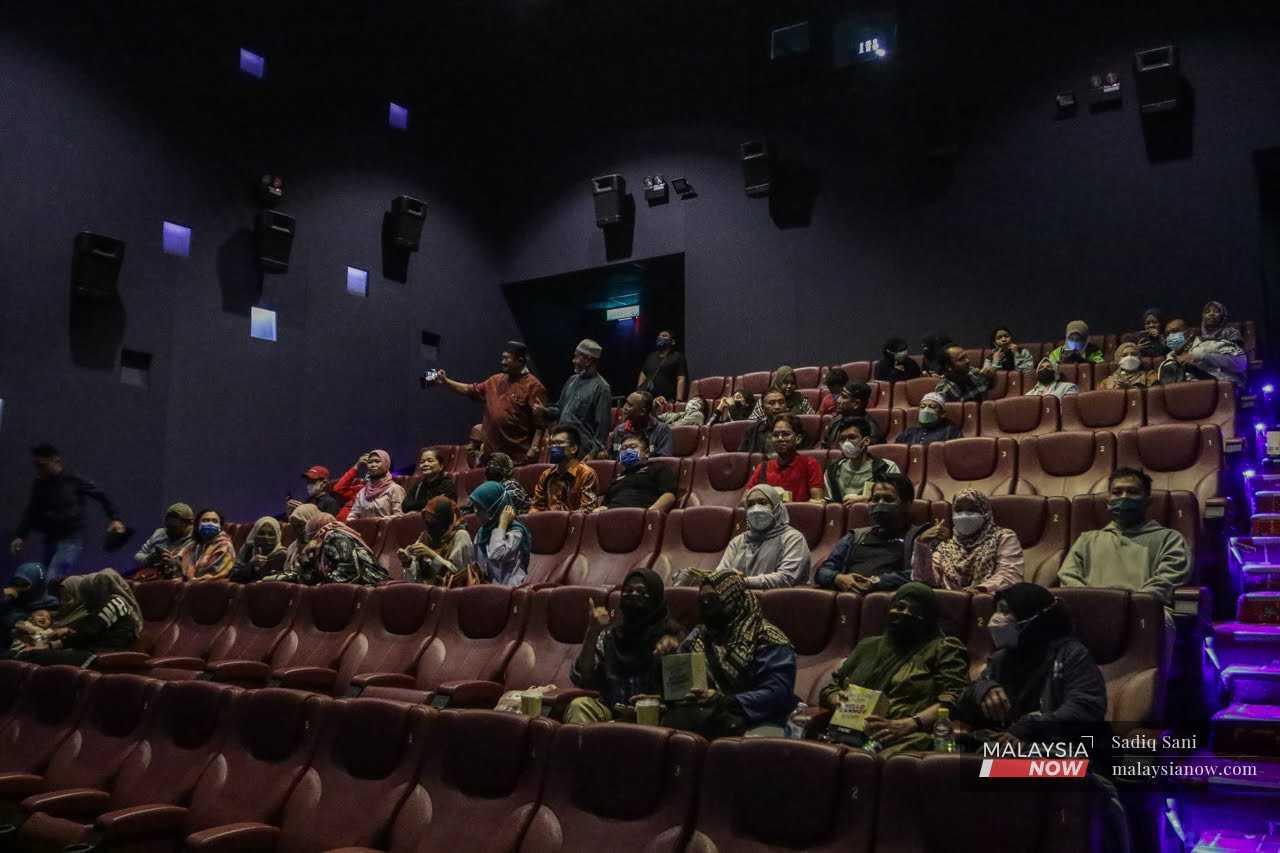Community cinemas, an alternative for movie-shy Kelantan
With commercial cinemas a distant memory, community centres could fill the gap and contribute to the development of the animation and film industry in the state.
Just In
Throughout the country, film buffs are familiar with the anticipation of waiting for the latest blockbuster release, the smell of butter melting on hot popcorn at the snack counter, and the shorter but no less agonising wait to pass through the ticket booth and enter the movie hall where the dim light of their mobile phone guides them at long last to their seats.
In Kelantan, though, there are no queues. There are no snack counters, and there are no ticket booths.
In fact, there are no cinemas at all.
This has been the case for three decades, ever since the state government implemented a series of strict policies to curb what it viewed as excessive entertainment elements.
Once upon a time, Kelantan had four popular commercial cinemas – Lido, Odean, Rex and Meena – in addition to the Rama cinema in Pasir Putih.
Lido, the last movie theatre operating in the state, was demolished in 1997.
The PAS government at that point expressed concern that cinemas could lead to immoral activities in the state.
Trips to the movies began to decline, and eventually other cinema companies had to completely close shop.
Now, three decades later, efforts are underway to allow residents in Kelantan to enjoy films another way: through the development of community cinemas.
Community cinemas are screening centres set up by non-profit organisations and volunteers including arts activists.
Kamil Othman, the former director-general of the Malaysian National Film Development Corporation (Finas), was among those who had spoken with the state government about the matter in 2015.
Even at the early stages of the discussion, he had realised the government's negative reaction to the development of cinemas in the state over fears that it would lead to immorality.
This was a view that appeared unchanged despite explanations about the benefits of cinemas and how they could provide space for knowledge, entertainment and education.
"For example, films could be screened even in village fields," he said.
"But right from the start, they appeared against this idea as they were afraid that immoral activities could take place in fields.
"If that's the way you think, then that's that," he added. "Even pens could be banned in case they are used to write obscene stories or novels."
Kamil's contract at Finas ended in November 2016.
By then, the establishment of community cinemas in Kelantan was in the final phase, and the white paper for its implementation had already been prepared.
But after his departure, Kamil said, many of the policies he had developed languished as no one was appointed to succeed him for four months.
Technological advances
Today, he said, the fears of the state government could be allayed through the assurances of technology.
Films and videos at community cinemas no longer depend on projectors and screens, but can be shown using LED televisions. This means that the lights stay on, and viewers can enjoy the show as if watching it in their own living room.
"What the state government should focus on right now is, what content do they want to screen?
"If they think that it's not appropriate, they can change it because they have the right to determine their own content," Kamil said.
Community cinemas are already an institution in other countries such as the UK and the Philippines.
In the UK, meanwhile, the British Federation of Film Societies uses community cinemas to screen documentaries and award-winning shows.
Screenings are also held in low-income neighbourhoods and welfare homes with the cost sponsored by corporate bodies.
Kamil said the establishment of community cinemas could lead to the discovery of new talents and help develop the skills of animation and film students in the state.
"Create content that would be beneficial for the viewers," he said.
"For example, the story of how the Japanese soldiers entered Malaya on bicycles through the land route in Kota Bharu. Make an animation to showcase these historical facts. And there are many more stories that can be told."
Film director Al Jafree Md Yusop, who has been actively supporting the effort, said the development of community cinemas would contribute to the development of thought in society.
"'Mat Kilau' is a form of cinema, too," he said, referring to the Malay movie which recently took the country by storm.
"Why is 'Mat Kilau' okay for screening but not other films?"
Speaking to MalaysiaNow, Jafree said the community cinema movement was already established in other parts of the country such as Johor, Melaka and Ipoh in Perak.
He said it would be a simple matter to call those with experience in this area to set up the screening centre initially envisioned by Finas.
"When I made the telemovie 'Melur vs Rajawali', it was first screened in a community cinema called Panggung Pungguk," he said.
"It was a simple layout on the upper floor of a shop, with chairs, a projector, a screen and speakers.
"This, they did by themselves," he added. "Imagine what they could do if they had the support of Finas. Perhaps it could be made even more comfortable and conducive."
Subscribe to our newsletter
To be updated with all the latest news and analyses daily.
Most Read
No articles found.
